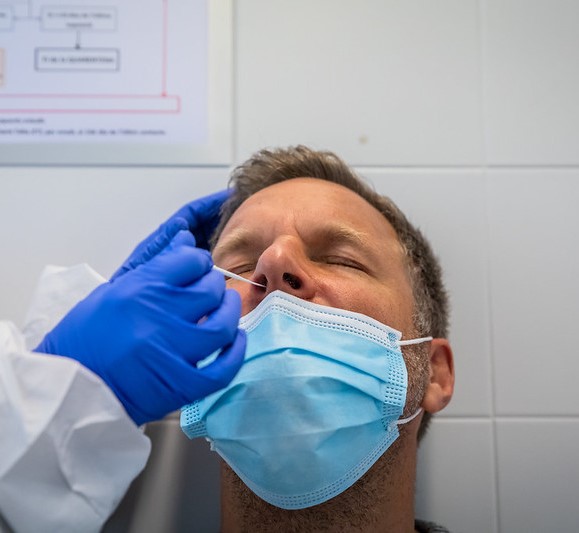Infection
Previous COVID infection, side effects top reasons cited for not getting 2-strain booster
At a briefing on global health issues today, the head of the World Health Organization (WHO) said there are concerning trends ahead of the Northern Hemisphere winter, including rising deaths in parts of the Middle East and Asia and increased hospitalizations in multiple regions.
WHO Director-General Tedros Adhanom Ghebreyesus, PhD, included the caveat that data are limited, with few countries reporting information. Regarding variants, he said there is currently no dominant one, though EG.5 is on the rise. He said the heavily mutated BA.2.86 variant has been detected in small numbers in only 11 countries, though the WHO continues to monitor developments, especially regarding transmissibility and potential impact.
Over the past day, variant trackers have noted BA.2.86 sequence uploads from more countries, including Australia, and more from countries that already reported sequences, including the United States, involving a sample from Colorado. Delaware yesterday reported its first BA.2.86 case, which involves a Pennsylvania resident who was seen at a Delaware hospital.
By the latest count, at least 84 samples have been uploaded to sequencing databases. Also, scientists have identified the first BA.2.86 sublineage, designated as BA.2.86.1, which has two additional mutations and a synonymous nucleotide mutation.
Tedros added that one of the WHO’s biggest worries is the low number of at-risk people who have recently received a dose of COVID-19 vaccine. “Our message is not to wait to get an additional dose if it is recommended for you,” he said.
Moderna: Updated vaccine shows strong response against BA.2.86
In related developments, Moderna today announced that a clinical trial with its research assay suggests the updated vaccine, which is under Food and Drug Administration (FDA) review, generates an 8.7-fold increase in neutralizing antibodies in people against BA.2.86.
In a statement, the company’s president, Stephen Hoge, MD, said that, taken together with recent findings suggesting a similar response to newer variants EG.5 and FL.1.5.1, the data confirm that the vaccine will continue to be an important tool for protection heading into the fall vaccination season.

